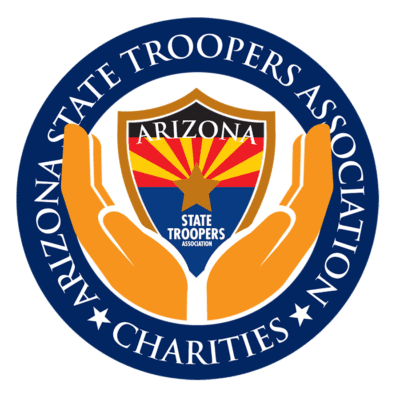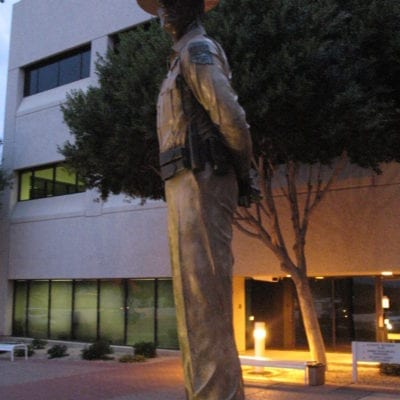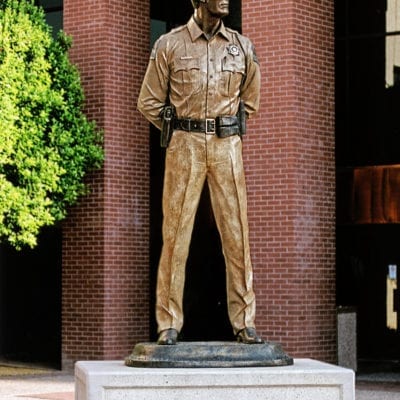By Rachel Engel, P1 Contributor
A Safe Haven law, also known as a Baby Moses law or a safe surrender law, allows a parent to surrender their baby to someone at a designated location without fear of being charged with abandonment.
Approved safe haven locations usually include hospitals, EMS agencies, fire or police stations and other public health organizations, as well as worship centers, but laws differ from state to state.
This means that someone could surrender their newborn to police officers, firefighters and EMS personnel around the country. Here are seven of the most important things public safety officials need to know about Safe Haven laws, and what they mean for first responders.
1. Determine the baby is unharmed
The purpose of the law is to prevent infanticide and newborn abandonment, and while parents who act within their state’s time limit to surrender their newborn are generally free from being charged with abandonment, the receiving agency or organization must determine the baby is in good health and unharmed, as well. First responders should perform a brief well check to confirm the initial health of the child.
2. Transport surrendered babies to the hospital
After collecting medical information and determining the health of the baby, first responders should provide transport to the hospital. From there, the Department of Child and Family Services should be contacted and made aware of the surrendered newborn. The baby will receive an additional medical checkup to ensure they have not been harmed.
3. Safe Haven laws by state: know the differences
While the overall sentiment of these laws – allowing parents a safe place to surrender their baby without repercussions – is generally the same, one distinction between states is the age of the newborn covered under the law. Some states only allow babies up to 3 days old to be surrendered, while others allow parents to surrender babies up to 30, 60 or 90 days old, and up to 1 year old in North Dakota. First responders should be aware of the laws in their state, and work with their organization to determine the best way to verify if a person attempting to surrender a newborn is within the law to do so.
Safe Haven laws by state: Newborn age
4. Safe Place, Safe Station locations are not the same as Save Haven locations
While similar in name, Safe Places, Safe Havens and Safe Stations are all individual designations that provide different resources to people seeking help, but for different reasons.
Safe Places, denoted by yellow diamond signs with the words “Safe Place,” are locations where youths in crisis can go to receive help, and include places like police and fire stations, as well as gas stations and other retail establishments. Gas stations are not part of any state’s Safe Haven laws.
Safe Stations are locations where individuals can seek help for heroin or opioid addiction. First responders at these locations will be able to provide an initial assessment of the person, and use community resources to ensure they begin a path for drug treatment.
Approved Safe Haven locations, for surrendering babies, are available on the NSHA website.
5. Encourage parents to provide any known medical information
When a newborn is surrendered, the recipient should ask for any information relating to the baby’s birth, the mother’s health during pregnancy and labor, and any other pertinent family medical information that could assist doctors, social workers and adoption agencies in placing the newborn in the best place for them. This information is not required of the parent surrendering the newborn, but first responders should be prepared to ask, as it could provide important insights into the baby’s health.
6. Offer additional resources to mothers engaging a Safe Haven
The NSHA encourages participating Safe Haven organizations to offer to connect mothers to medical evaluations, as well as other resources, such as women’s shelters, substance abuse help and domestic violence assistance.
7. Baby Boxes can be installed at emergency service locations
State officials in Pennsylvania, Indiana and Ohio have altered their Safe Haven law to allow for the use of Baby Boxes, which provide a place for mothers to surrender their babies without the need for face-to-face interaction.
Baby Boxes are installed at staffed fire and EMS agencies. Once a mother has opened the box, a silent alarm alerts emergency staff inside. After the baby is placed in the box, the door can only be opened from inside the fire or EMS station. Each box is temperature controlled and equipped with a mattress.
How to install a Baby Box at your fire station:






